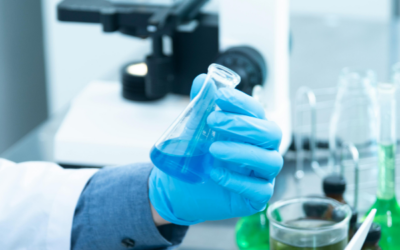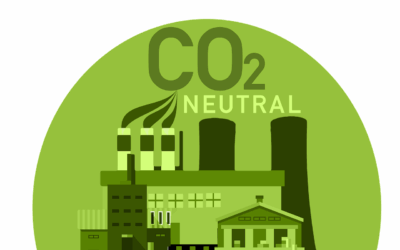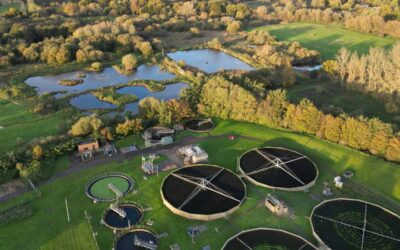Many signs suggest that autumn has arrived earlier than usual in 2025, but it’s what experts refer to as a “false autumn.” This isn’t a genuine seasonal shift, but rather nature reacting prematurely to extreme environmental stressors.
This is mainly due to a very hot, dry spring and summer, which have put significant stress on plants and ecosystems.
- Extreme heat and drought have triggered stress responses: trees and plants are entering autumn-like behaviours (like shedding leaves or ripening fruit) earlier than usual.
- This phenomenon is becoming more common due to climate change, affecting natural seasonal cycles and ecosystem health.
The current early signs align with phenological changes—but they’re driven by stress, not a natural timing shift.
Officially Autumn still starts on the 1st of September for meteorological purposes and the 22nd of September in the Astronomical equinox.
The “false autumn” we’re seeing this year doesn’t necessarily mean people’s central heating will come on earlier, because it’s not being driven by colder temperatures. Instead, it’s plants and crops reacting to heat stress and drought, which makes the countryside look autumnal before the air really cools down.
That said, here’s how it can affect people, homes, and the wider system:
Central Heating
- Heating habits are driven mainly by temperature, not what trees look like. Unless September turns unusually chilly, most households won’t switch the heating on earlier than normal.
- But perception matters: People seeing early autumn colours may feel like autumn has arrived, which could influence behaviour slightly — even nudging some to put heating on sooner.
Wider effects of a false autumn
Energy use patterns
- If this early “autumn” is followed by a colder-than-usual September/October, then heating demand could spike earlier.
- The National Grid often watches these seasonal cues, because demand forecasting relies on both weather and behaviour.
Across both domestic and commercial heating and cooling systems — particularly in applications such as heat pumps (air source and ground source) and closed-loop hydronic heating — there’s increasing discussion about reducing reliance on hazardous chemicals. This conversation is largely driven by environmental, health, and regulatory pressures, alongside sustainability goals.
Why system protection matters
Traditionally, heating and cooling systems are protected with glycol-water mixtures (ethylene or propylene glycol) and specialist additives that:
- Prevent freezing
- Protect against corrosion
- Improve heat transfer
- Inhibit biological growth (slime, algae, bacteria)
Without these protections, performance, efficiency, and system life all suffer. Some manufacturers are experimenting with alternative approaches, such as pure or treated water with filtration, magnetics, or UV conditioning, but these options often have limitations and higher upfront costs.
Why chemically dosed systems remain essential
Despite the rise in alternative approaches, chemically dosed systems remain the industry standard because they deliver reliable, long-term protection.
- Freeze protection
- Glycol lowers the freezing point of water, protecting systems from burst pipes and pump damage in cold weather.
- Essential for air source heat pumps, solar thermal collectors, and any loop exposed to outdoor conditions.
- Corrosion inhibition
- Steel, copper, aluminium, and brass components are all prone to corrosion.
- Corrosion inhibitors form a protective film on metal surfaces, extending system life and preventing leaks and sludge.
- Scale control
- Hard water introduces calcium and magnesium, which form scale on heat exchangers.
- Anti-scalants prevent scale, keeping systems efficient and reducing energy bills.
- Microbial control
- Warm water loops can harbour bacteria and algae, leading to biofilms that block flow and insulate surfaces.
- Biocides and dispersants prevent microbial growth, critical for hospitals, cooling towers, and large buildings where Legionella risk must be controlled.
- Extended equipment life and efficiency
- Chemically protected systems avoid sludge, pitting corrosion, and fouling.
- Pumps, boilers, and heat pumps run more efficiently, last longer, and require fewer emergency callouts.
- Lower lifetime costs
- While dosing has an upfront and ongoing cost, it reduces expensive repairs, replacements, and downtime — especially in large commercial or industrial systems where failure is costly.
The Blended advantage: Safe, non-hazardous glycols
There’s a perception that “chemicals” are risky, but with Blended’s non-hazardous glycol solutions, customers get all the benefits of chemical dosing with fewer concerns.
- Safe to handle – Our glycol blends are non-hazardous, safer to store, use, and dispose of than traditional products.
- Reliable freeze protection – Protects systems against harsh winters.
- Longer system life – Balanced inhibitors reduce corrosion and scale, saving thousands in potential repairs.
- Efficiency savings – Clean systems transfer heat more effectively, lowering running costs and carbon footprint.
Well-designed systems still need protection. Blended’s non-hazardous glycol solutions give you the reassurance of chemical dosing without the risks traditionally associated with chemicals. It’s the modern, responsible way to keep heating and cooling systems reliable, efficient, and sustainable.






